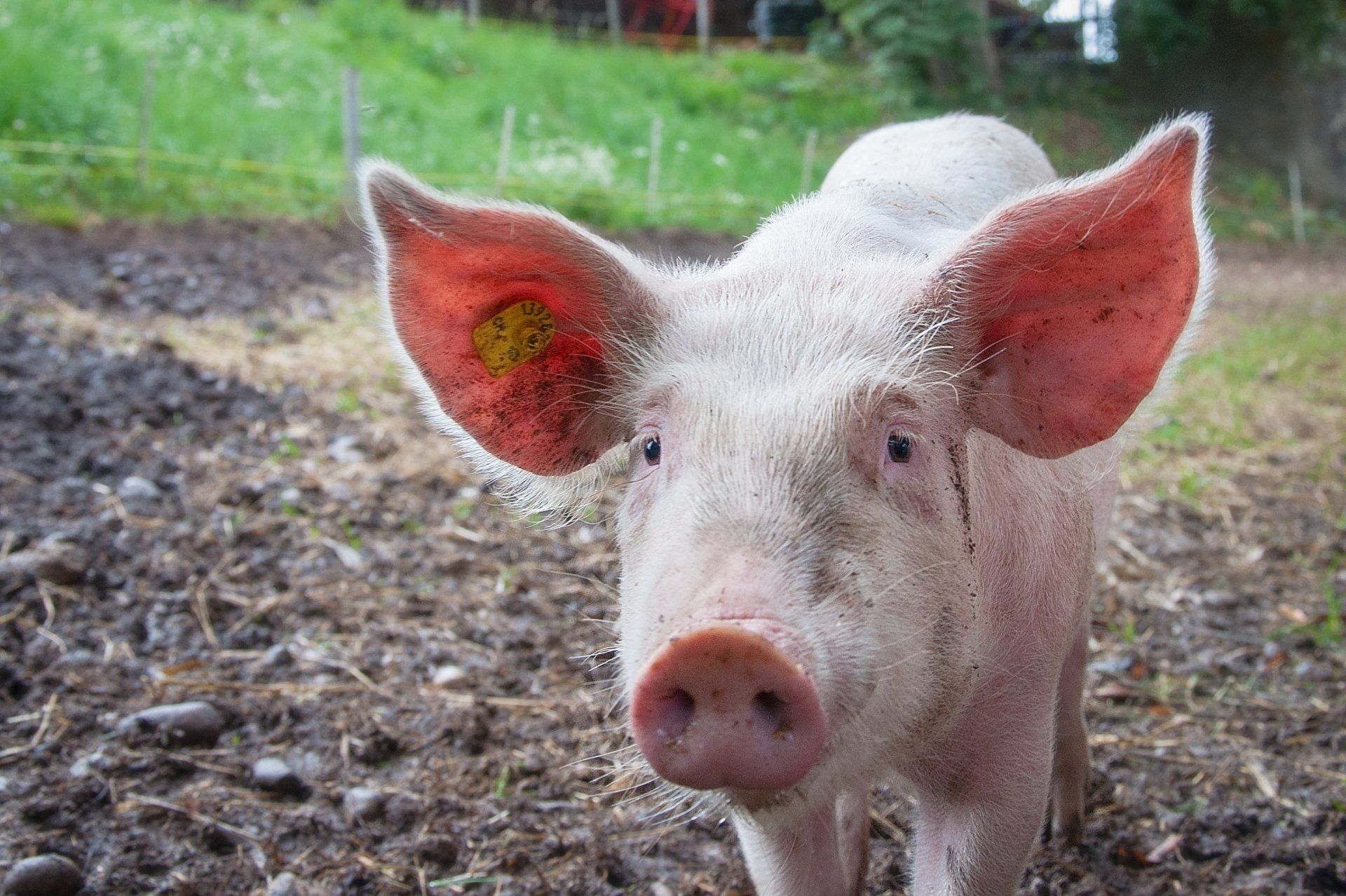About swine flu A(H1N2)v and UV surface disinfection

“When we published our investigation into the Government’s handling of the covid-19 pandemic we said the Government should learn from its mistakes and its successes. At our follow-up session last month, we heard concerning testimony that the systems that made the UK vaccine effort such a success are being dismantled.Covid-19 will not be our last pandemic. It is vital the lessons are embedded to inform future decisions on disease outbreaks with pandemic potential and protect lives and livelihoods.” Right Honourable Greg Clark MP, Chair of Science and Technology Committee - January 2021
As UV light disinfection UK experts we knew it was only a matter of time. Last week the UK’s first human case of the H1N2 swine flu strain was found, one of just 50 cases discovered worldwide since 2005. The particular strain they caught is Influenza A(H1N2)v, a very similar version to the flu virus currently circulating in British pigs.
The World Health Organization (WHO) has been informed and businesses have been inspired to explore the power of UV surface disinfection once more. Here are the facts.
About swine flu and UV surface disinfection
Someone in North Yorkshire has caught a new genetic strain of flu very similar to a flu pigs get. Apparently they went to see their GP on 9th November. Because it takes 1-4 days for symptoms to arrive, their GP visit would have taken place a few days after they caught the virus.
The patient had fairly typical flu symptoms: probably feeling very tired, with a high temperature, a bad cough and a sore throat. Because the person doesn’t work with pigs or have a pet pig, the infection’s source remains a mystery.
The results of the GP’s swab test, taken as part of a national initiative to help the UKHSA check the overall population’s health, took about two weeks and on 23rd November the new virus was confirmed officially.
Because it’s slightly different from swine flu, officials are calling the virus influenza A(H1N2)v. It is actually a sort of flu but comes with slight differences, almost exactly the same as the version circulating in our pigs at the moment, not very similar to the flu humans usually get.
Will this new swine flu spread in humans?
The problem is, it is quite rare for viruses to leap from pigs to people but a lot more common for people to give pigs our diseases, so this outlier is a bit of a worry. And while it’s similar to one case found in the USA during 2023, it isn’t identical.
Experts say it’s unlikely to become a problem but they’re keeping a close eye on the situation just in case. While the person who caught the virus was ill enough to go see their doctor, they weren’t poorly enough to be in danger. It was a relatively mild case and they’re now fully recovered.
Luckily the person didn’t go out to any large events where there were a lot of people, so the risk of onward transmission was low as well. On the other hand none of this means much in the scheme of things because we still don’t know the virus’ transmission potential, nor do we know the age or health of the person who caught it. If they were medically vulnerable, would they still have recovered? Nobody knows.
So far there’s no sign the virus has spread or will spread any further. Pig viruses aren’t usually very good at spreading amongst humans. But the UKHSA is continuing to investigate, bearing in mind the lessons we learned from covid. We really need to understand all of its characteristics before we can predict what’ll happen, know we’re safe, or deal with its potential spread.
Could swine flu cause a pandemic?
Pigs are a common source of new flu strains simply because they can catch flu viruses from humans and birds, which blend inside their bodies to create new and different viruses. While they usually struggle to transmit onwards to new hosts there’s always a risk, which is why every new virus is carefully analysed and investigated.
So far there’s only been the one confirmed case and the source hasn’t been pinned down. There was a 2009 pandemic in humans caused by a flu virus that was commonly called swine flu but caused by a different virus: A H1N1(pdm09), which contained genetic material from pig, human and bird viruses that were around during the 1990s and 2000s. These days it’s simply treated as another version of the flu, one of the flu types today’s annual flu shots protect us against.
There isn’t a vaccine so far but if we need one, it can be made. Which is good to know.
Does ultraviolet sterilisation kill swine flu?
Swine flu is a viral infection, like every kind of influenza. While it doesn’t appear on our UVC kill list there’s every reason to believe it’ll be killed fast by UVC light, which destroys the DNA and RNA inside viruses so they can’t reproduce.
Why wait until there’s another pandemic? Set yourself up now with our brilliant UV disinfection units and stay ahead of your competitors, who’ll be running around like headless chickens tying to buy our units when the next pandemic arrives.










